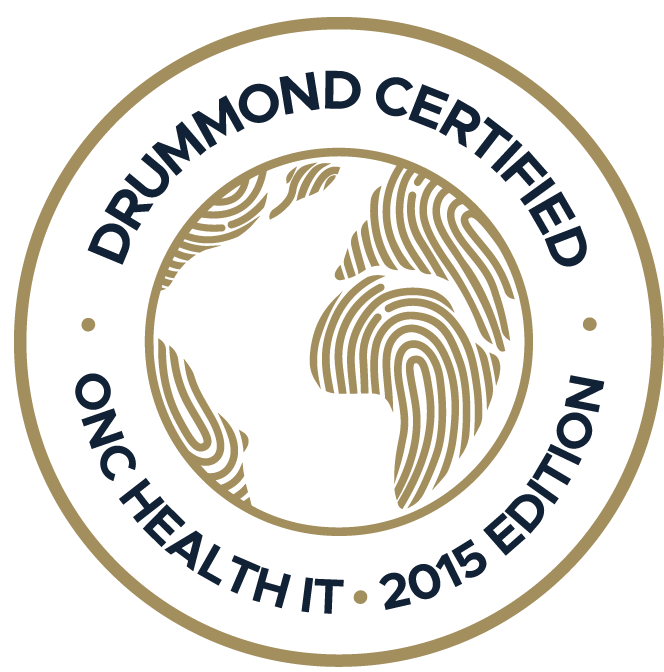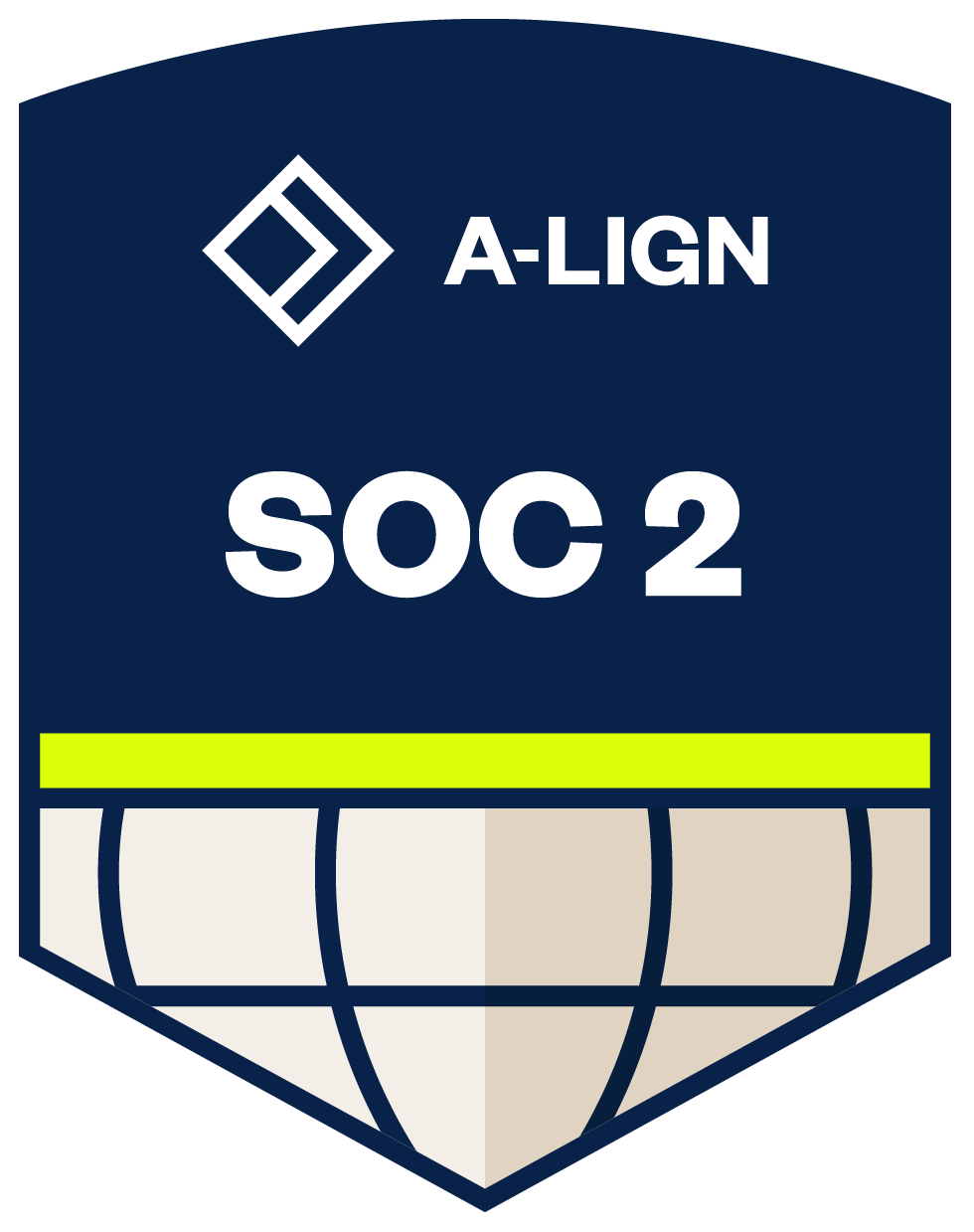Data breaches are the kind of thing that keep health administrators up at night. But when it comes to documentation, HIPAA AI scribes finally give them something to trust in.
Electronic health records (EHR) play a vital role in patient care and practice efficiency. Meaningful use of an EHR system is required by law, but the benefits go far beyond legal compliance. It impacts almost all aspects of the practice's operations and financial health positively.
With an EHR program, especially a cloud-based EHR that provides specialty-specific templates and customizable workflows, you can enhance productivity, build your practice, and reduce administrative burdens. Likewise, an Electronic Medical Record (EMR) system elevates the overall financial practices, and practitioners even end up with extra free time and cut administrative costs.
But with so many EHR systems to choose from, where do you begin?
In this blog, we highlight some of the most common EHR pain points and explain what the ideal EHR experience looks like for you and your staff.

Common Problems EHR and EMR Software Users Experience?
When it comes to using EHR and EMR software, there often needs to be a gap between what's promised and what's delivered. Despite the claims of streamlined processes and increased efficiency, many healthcare providers still need help with the actual implementation of these systems. However, it's important to remember that the benefits of EHR and EMR software are worth pursuing - with the right approach and support, healthcare organizations can achieve their goals of improved patient care and better outcomes.
Here are the 05 most common pain points that come accompanied by most EHR and EMR solutions:
- EHR Software is Time-Consuming
Learning a new software program takes time and energy. One study of 155,000 U.S. physicians found that, on average, doctors spend 16 minutes and 14 seconds using EHR software after each patient visit. That equates to about an hour of note-taking for every four people. Yikes! When half of your day is spent reviewing charts, ordering labs, or accounting, there’s much less time to focus on what matters most — your patients.
- EHR Solutions Often Use Siloed Systems
Many EHR solutions categorize patient data in silos. Unfortunately, these silos can make it difficult to access important information, especially if more than one physician is coordinating care. Thankfully, there are various HIPPA Compliant solutions that can help integrate your data.
- Workflows that aren't Customized
As healthcare practices are unique, no two doctors run their practices exactly alike. However, many Electronic Health Record (EHR) systems force doctors to use generic templates or workflows that they can't customize to their needs. This leads to a sharp decline in productivity, increased frustration, and poorer patient care.
In a Stanford Medicine poll, 71% of physicians responded that EHRs contribute to burnout, and 59% think EHRs need complete restructuring. This can have a negative impact on the quality of care they provide. It's clear that customizable EHR systems are necessary to improve healthcare outcomes and prevent physician burnout.
- Legal and Regulatory Requirements
Regulatory requirements, such as the Medicare Access and CHIP Reauthorization Act (MACRA)/Merit-based Incentive Payment System (MIPS) and Meaningful Use regulations, can present unique challenges for electronic health record (EHR) users.
These regulations are designed to promote the use of technology in healthcare and improve patient outcomes. However, they also come with specific requirements that EHR systems must meet in order to comply. Failure to invest in a system that considers these regulations could put your practice at risk of non-compliance and penalties. It could also leave potential incentives on the table.
- Unnecessary Features
When it comes to EHR practice management, one size doesn’t fit all. Just because a program has lots of bells and whistles doesn’t necessarily mean it’s the right choice. Before you start researching, take the time to write down a list of features you must have, then refer to that list.

What does an ideal EHR Software experience look like?
Now that you know about some of the most common EHR pain points let’s look at some features that can make for a more satisfying user experience.
- Intuitive Workflow
Whether you run a single or multi-specialty practice, you must be able to document all aspects of a patient’s visit. An EHR program that makes it easy to create and complete progress notes, see patient alerts, and get clinical decision support can make your life much easier.
- Multiple Types of Documentation
Everyone takes notes differently. Look for a program that offers various types of documentation, like point and click, free text, or dictation. That way, you can chart comfortably how you like and easily interact with your patients.
- Automation
Are you finding that your front desk staff feels overwhelmed with scheduling appointments, checking patient eligibility, and collecting late payments? These are all important responsibilities that must be handled, but an automated EHR system can make things significantly easier.
Implementing such a system can free up your team to focus on more pressing matters, such as providing top-notch patient care. So, if you're looking to streamline your practice's operations and optimize your front desk staff's productivity, an EHR system is definitely worth considering.
- Integration with other Services
As a healthcare provider, managing your practice can be taxing, especially when dealing with multiple services like labs and billing. However, you don't have to invest in numerous software programs to manage your practice efficiently.
By opting for a comprehensive EHR platform, you can integrate with lab providers and billing to save time and streamline your operations. With just one sound and efficient software program, you can manage your entire practice seamlessly without needing multiple logins or manual data entry. This saves time and reduces the error risk, making your life easier and your practice more efficient.
So, why invest in multiple software programs when you can manage your practice with just one? Opt for an EHR platform that integrates with other services to simplify your practice management.
- All digital
Paper intake forms are complex to keep track of, bulky, and bad for the environment. This format of data keeping also costs a lot of money compared to the digitization of the same things. If you’re upgrading to an EHR solution, go all digital.
A program that allows patients to check in via an iPad or smartphone can make the experience that much more enjoyable. Not to mention, digital intake can reduce errors and keep all of your data in one spot.
Practice EHR - The ONE Perfect EHR Solution
Choosing the right EHR software for your practice can seem like a daunting task. We hope this discussion of common pain points and things to look for help make your search a little easier.
At Practice EHR, we offer a complete EHR solution for medical practices of all sizes. Our software is affordable, user-friendly, and customizable. Not only that, but it features all that a good EHR and EMR software should have. Avail our free demo and see it by yourself.
Conclusion
Get started with a free trial, or schedule a demo. We’d love to show you the ropes of our EHR software and improve the quality of care that you provide.
If you still have questions about EHR software or want to learn more about how our platform can benefit your practice, please get in touch. To begin the ideal EHR software experience, Schedule a Demo with Practice EHR.
Topics: Integrated EHR, EHR Solution, New Technology, Cloud-based EHR, HIPAA, E-Prescribing, Medical Billing, Practice Automation, EHR, The ONE, Switching to New EHR, Patient Check-in Kiosk
RECENT POSTS



TOPICS
- EHR Solution (189)
- EHR (121)
- Patient Care (114)
- digital age (114)
- Medical Billing (107)
- Specialty-Specific EHR (107)
- Industry Update (94)
- Technology in Healthcare (82)
- EHR Features (77)
- Small Practice (75)
- Medical billing services (69)
- Integrated EHR (62)
- RCM (61)
- HIPAA Security (58)
- New Technology (44)
- Cloud-based EHR (43)
- Telemedicine (41)
- Healthcare Office Management (40)
- Practice EHR News (38)
- Kiosk (31)
- Revenue Cycle Management (28)
- AI Solutions (22)
- ePrescribing (21)
- AI Scribing (14)
- Best EHR Software (13)
- EMR (12)
- Practice Management Software (11)
- Client Favorites (10)
- Practice Automation (10)
- TeleVisit (10)
- The ONE (10)
- AI-powered Medical Billing (9)
- Switching to New EHR (9)
- MACRA/MIPS (8)
- Patient Portal (8)
- Urgent Care (8)
- AI Scribe (7)
- AI EHR (6)
- E-Prescribing (6)
- Product Updates (6)
- Psychiatry EHR (6)
- events (6)
- AI scanning (5)
- EHR Integration (5)
- MIPS (5)
- HIPAA (4)
- Insider (4)
- Internal Medicine EHR (4)
- MIPS Reporting (4)
- Mobile EHR (4)
- Orthopedics EHR (4)
- Podiatry (4)
- Podiatry EHR (4)
- Telehealth Platform (4)
- Automated Health Tools (3)
- Best EHR Practice (3)
- Chiropractic EHR (3)
- Digital Experiences (3)
- EHR Flaws (3)
- EHR for Chiropractors (3)
- Family Medicine EHR (3)
- Patient Check-in Kiosk (3)
- PracticeEHR GO App (3)
- Regulatory Updates (3)
- Telehealth Platforms (3)
- Clearinghouse (2)
- Dermatology EHR (2)
- EHR Scheduling (2)
- Eligibility Verification in Medical Billing (2)
- Foot and Ankle Care (2)
- Foot and Ankle EHR (2)
- Health records 101 (2)
- Integrated Practice Management (2)
- Medical Credentialing (2)
- Medical Practice Management Software (2)
- Quality of Patient Care (2)
- Reporting Under MIPS (2)
- Risk and Liability in Medical Settings (2)
- What Works Clearinghouse (2)
- AI Scan (1)
- Bariatric EHR (1)
- Behavioral Health Practices (1)
- Billing Communication (1)
- Billing for Private Practices (1)
- Cardiology EHR (1)
- Cash Flow (1)
- Cashless Payments (1)
- Charting (1)
- Data Security (1)
- Dos and Don'ts (1)
- EHR Guides (1)
- EHR Implementation (1)
- EHR KPIs (1)
- EHR Questions to Ask (1)
- EHR Transition (1)
- EHR for Chronic Illness (1)
- EHR for Small Practices (1)
- EMR vs EHR Difference (1)
- ENT EHR (1)
- Endocrinology EHR (1)
- Family Medicine (1)
- Gastroenterology (1)
- Gastroenterology EHR (1)
- General Surgery EHR (1)
- Geriatric AI scribe (1)
- Geriatrics EHR (1)
- Guides (1)
- Healthcare Compliance Certification (1)
- Healthcare Practice Office Management (1)
- Help Center Videos (1)
- Insurance Reimbursement (1)
- KPI (1)
- Key Performance Indicators (1)
- Lab Processing (1)
- MACRA (1)
- Medical Billing Partner (1)
- Medical Coding Services (1)
- Multilingual AI Scribe (1)
- Nephrology EHR (1)
- Neurology EHR (1)
- Pain Management EHR (1)
- Pediatrics EHR (1)
- Physical Therapy EHR (1)
- Practice Cash Flow (1)
- Practice Efficiency (1)
- Pulmonology EHR (1)
- Reconsider Your EHR (1)
- Simplify Practice Management (1)
- Staffing in Healthcare (1)
- Switch Medical Billing Providers (1)
- Urgent Care Medical Billing (1)
- Urology EHR (1)
- Voice-Activated AI Scribe (1)
- insurance claim denials (1)

.webp)

.webp)
.webp)



